- Home
- Transportation
- Cars
- A European automaker claims its car uses a revolutionary new energy source - here's how it works
A European automaker claims its car uses a revolutionary new energy source - here's how it works
The car comes with a fuel cell stack that is filled with "electrolyte fuel."

The fluid is circulated around the barrier separating the two cells, which produces an electrical current that powers the motor.

The QUANTiNO also has a battery that helps accelerate the sports car.
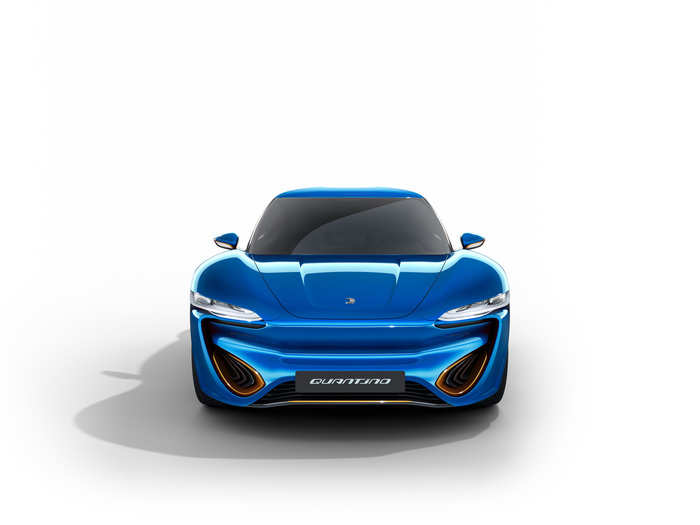
This is actually similar to hydrogen-powered cars, which are equipped with battery packs that are not as big as the ones found in traditional electric vehicles. That's because the batteries are not responsible for primary propulsion.
The car can reach a top speed of roughly 125 miles per hour.
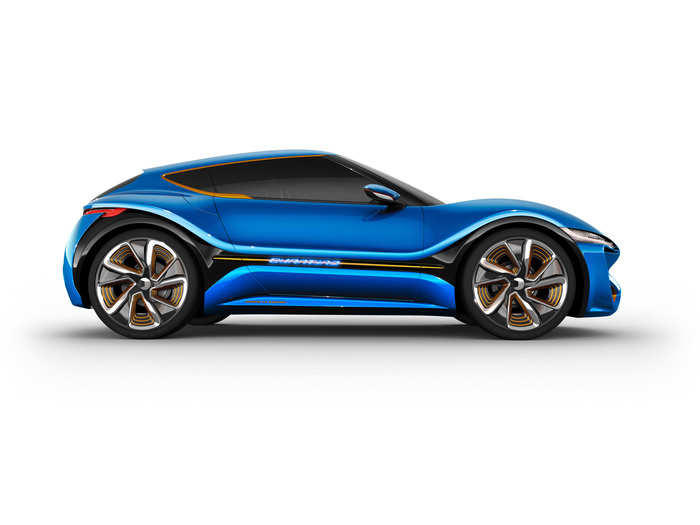
And it goes from 0 to 62 miles per hour in less than five seconds.
It can also "cover a theoretical range" of 621 miles.
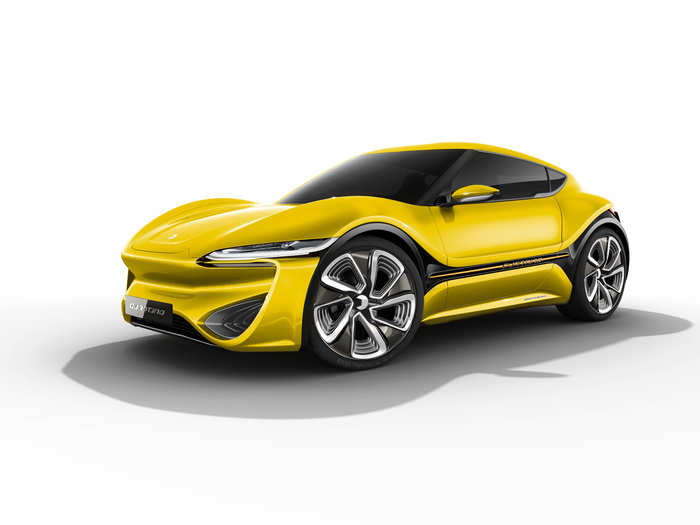
That's double the range of hydrogen-powered cars. It's worth noting that hydrogen-powered cars also have ranges that beat out electric vehicles, including Tesla.
But like nanoFlowcell says — take that range with a grain of salt until the car is tested on roads.
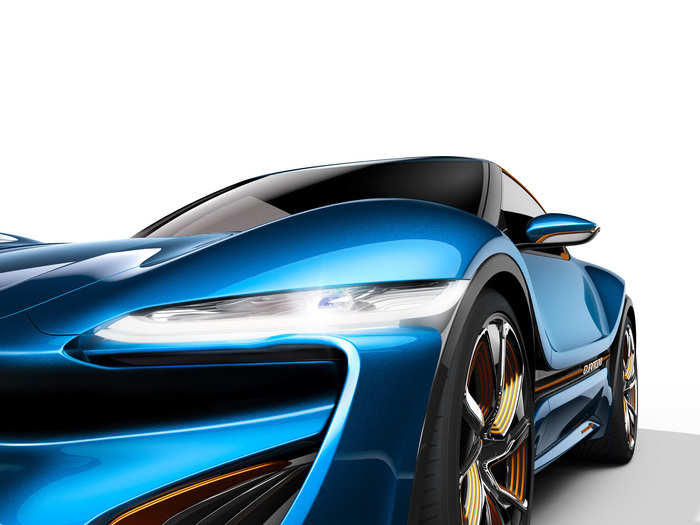
NanoFlowcell recently got approval to test its car on European roads this year, according to a press release.
NanoFlowcell proposes creating an infrastructure of electrolyte refueling stations so people can refuel their cars.
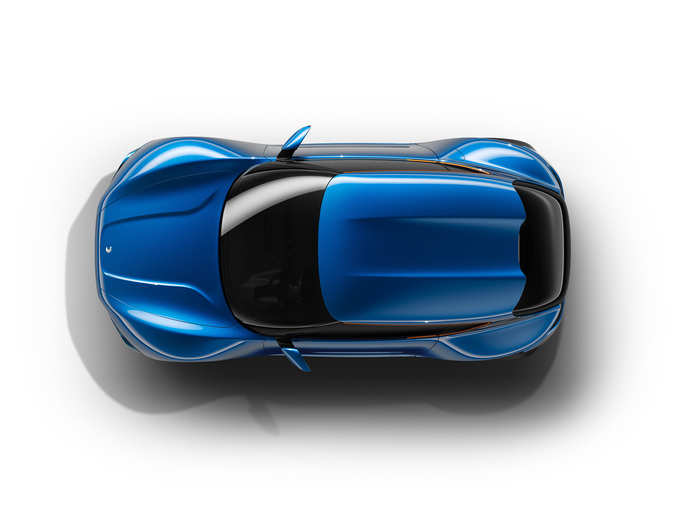
The company notes that it's very conceivable to build these stations out in the public or at people's homes.
"Remember that ionic liquids are nontoxic and nonflammable — with great advantages in mass production, logistics, and storage and no need for high-level safety protocols," nanoFlowcell wrote on their webpage.
The state of California and automakers backing hydrogen-powered cars are currently working on building out hydrogen stations to make the technology a reality. But just like electrolyte refueling stations, that's easier said than done.
We're going to be skeptical about the QUANTiNO until we actually see it on the road.
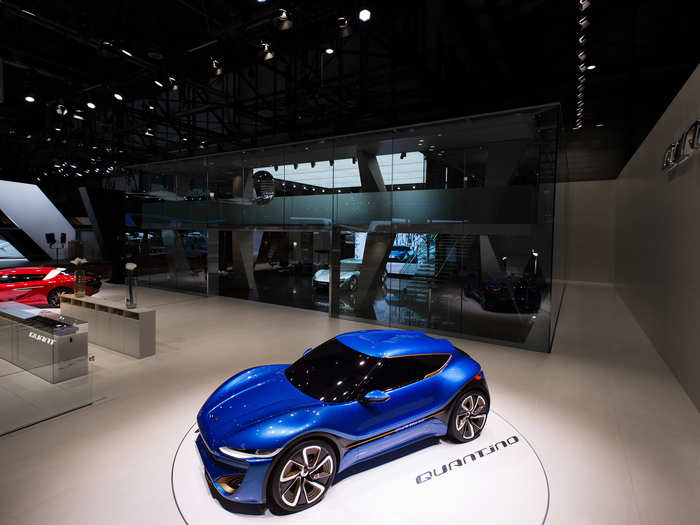
But the company says after it goes through its road testing during the first half of 2016, it will consider a "small-batch production run."
But nanoFlowcell is serious about the venture — they're showing two cars at the Geneva International Motor Show that begins March 3.
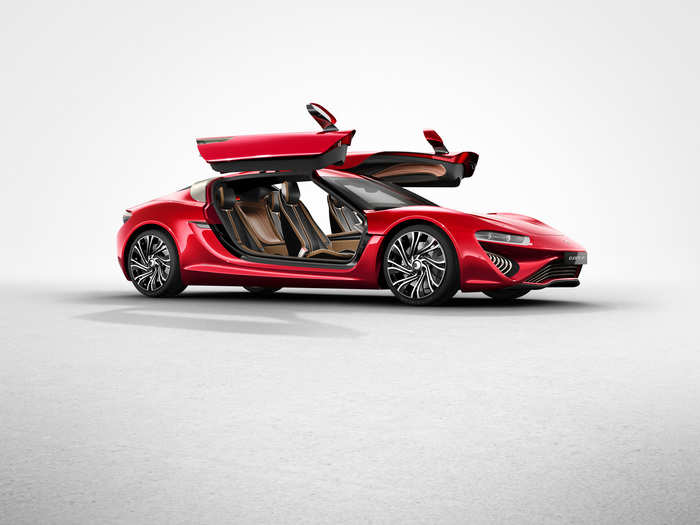
In addition to showing off the QUANTiNO, the company will also show the Quant FE (pictured above), which goes 0 to 62 miles per hour in less than three seconds.
We have yet to hear this car's range and specs.
Additionally, nanoFlowcell said it is building a research and development center called QUANT City in Ticino, Switzerland.
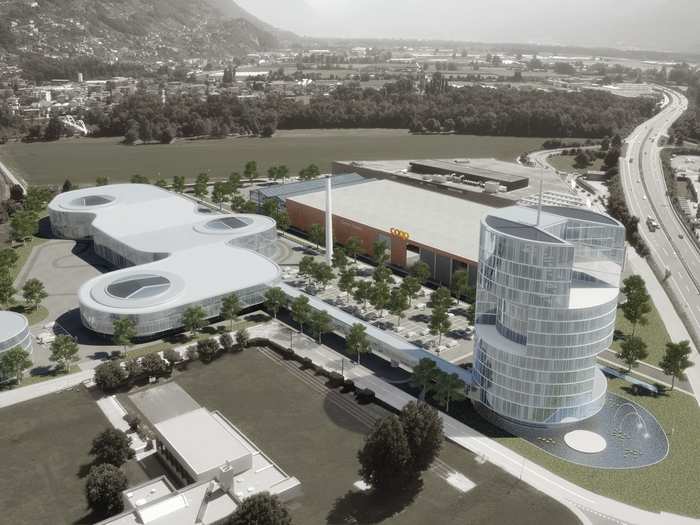
The center, which measures roughly 270,000 square feet, will be devoted to the research and development of the company's flow cell technology. It is slated for completion in 2018.
Popular Right Now
Advertisement